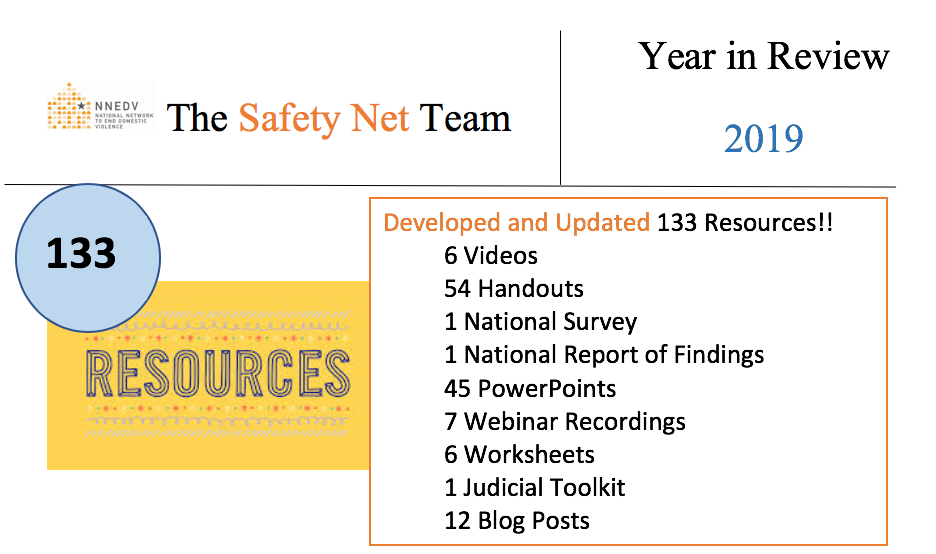Recent Survey Confirms Pervasive Stalking Behaviors that Survivors and Advocates have Reported for Years
/Advocates and survivors have long reported technology misuse among the behaviors that current or former abusive partners have used to monitor, control, harass, or harm. Norton LifeLock, a member of the Coalition Against Stalkerware (of which the National Network to End Domestic Violence is a founding member) recently announced the findings of their 2019 survey regarding intimate partner cyberstalking, which revealed that “46 percent of Americans admit to ‘stalking’ an ex or current partner online by checking in on them without their knowledge or consent.”
Whether you are in a relationship or not, you always have a right to privacy. In a healthy relationship, all partners should feel safe and comfortable setting boundaries and knowing that those boundaries will be respected. Healthy relationships are built on mutual trust—not monitoring or checking up on a partner. Surveilling or stalking a partner’s devices or communications is an example of one way that an abusive person may try to gain power and control over a current or former partner.
According to the survey results, the most common form of online stalking included checking their ex or current partner’s phone (29 percent) and reviewing search histories (21 percent). “Nearly one in ten people surveyed reported creating a fake profile to check on someone via social media” and 10 percent reported that they used an app to monitor their ex or current partner’s texts, phone calls, direct messages, emails, and photos, with men being 2.5 times more likely than women to do so. These behaviors don’t show trust or respect, and they can create a serious imbalance of power in a relationship.
In looking at perceptions of these behaviors, Norton LifeLock identified generational differences regarding how people felt about the impact of these behaviors. Perhaps surprisingly, “nearly half of Americans ages 18-34 (45 percent) find online stalking behaviors to be harmless (compared to 27 percent of 45-55 year olds, 19 percent of 55-64 year-olds and 13 percent of those 65 and older.” Younger Americans appear to be more forgiving of these abusive behaviors—the media’s portrayal of stalking behaviors has played a role in the normalization of these behaviors—which is concerning for the future of privacy and safety for survivors. Regardless of perception, these behaviors can be dangerous for victims of domestic and sexual violence. Stalking behaviors, whether online or in-person, can cause survivors stress and trauma and are often being perpetrated along with other types of violence.
Stalking, including cyberstalking, is never okay. If you believe you are being stalked, there are resources that can help. Remember: you are not at fault for what you are experiencing. Here are some tips and strategies if you are being stalked or experiencing technology-facilitated abuse:
1. Document the behavior: Keep a log of what you are experiencing. Try and identify the who, what when, where, and any technology misused in your log. This will be helpful if you decide you want to seek legal assistance. Learn more about documenting abuse.
2. Reach out for assistance: If safe to do so, reach out to the National Domestic Violence Hotline, a local domestic violence or sexual assault program, or a local law enforcement agency. An advocate can help you safety plan, find local resources, and provide you with support.
3. Learn about legal remedies: Visit WomensLaw.org to learn about the laws in your state related to stalking and domestic violence and to find helpful legal information and resources.
4. Be aware of your device usage: If you think that someone is monitoring you or your devices, be careful about what you search and the information you share. Here are some strategies around spyware/stalkerware and understanding stalking.
Do you have other concerns about privacy and safety when using your device? Check out our Survivor Technology Safety & Privacy Toolkit to learn more.





